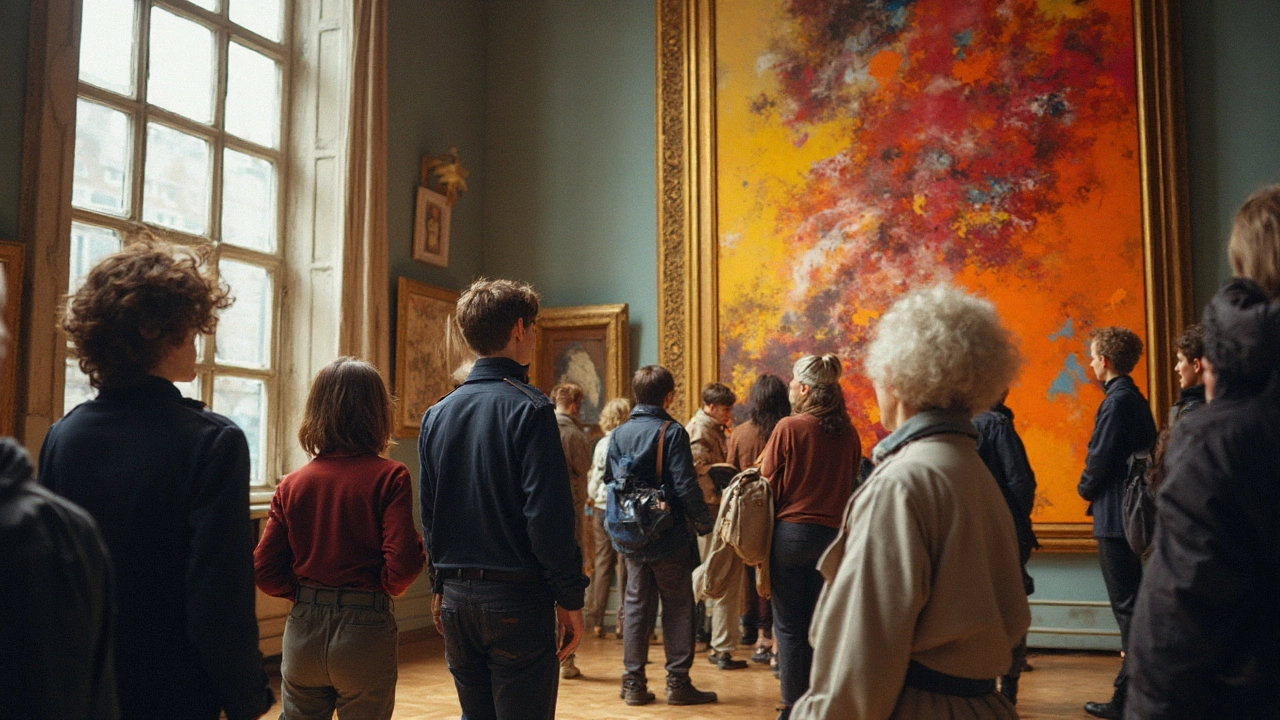What Does Abstract Art Really Mean? Understanding Its Powerful Message
4 Aug 2025Get real about abstract art: why artists make it, what it says, how to read it, and why it sticks with us. No overthinking, just sense and feeling.
Continue reading...Ever felt a chill when you stare at a portrait and the eyes seem to follow you? That’s the emotional impact of art in action. It’s not magic, it’s how the brain reacts to color, shape, and story. Below you’ll find straightforward ways to notice that impact and use it whether you’re a creator or a viewer.
The eyes are the first thing most people look at. Artists spend extra time on them because they act as a shortcut to emotion. When a painter makes the pupils slightly larger or adds a glint, your brain reads that as attention, trust, or even vulnerability. That tiny detail can turn a flat image into a conversation starter.
If you’re painting yourself, try a quick test: draw a face, then step back and ask a friend what feeling they get. If they say “sad” or “hopeful,” your eye work is doing its job. If they’re unsure, play with the contrast—darker shadows around the iris usually add depth, while a lighter highlight can make the gaze feel more inviting.
Many people shake their heads at abstract canvases or digital glitch pieces, but those works are designed to provoke a gut response. They strip away familiar subjects so the mind fills the gaps with personal memories. That’s why a splatter of bright paint can feel exhilarating while a muted, cracked surface might feel unsettling.
To get the most out of a modern piece, ask yourself three quick questions: What memory does this color bring up? Does the shape remind you of anything you’ve seen before? How does the piece make your body feel—tense, relaxed, curious? Your answers point straight to the emotional core the artist built.
Even music follows the same rule. A song with a rapid beat can raise your heart rate, while a slow, minor-key melody can pull at sadness. The same principle—tempo, tone, and repetition—creates a feeling loop in your brain.
Understanding these triggers helps you enjoy art on a deeper level. You don’t need an art history degree; you just need to pay attention to what grabs your eyes, ears, or even your gut.
Next time you walk into a gallery, pause at the first piece that catches you. Look at the eyes, notice the colors, and ask the three quick questions above. You’ll walk away with a clearer picture of why that work moved you and how to bring that power into your own creative projects.

Get real about abstract art: why artists make it, what it says, how to read it, and why it sticks with us. No overthinking, just sense and feeling.
Continue reading...